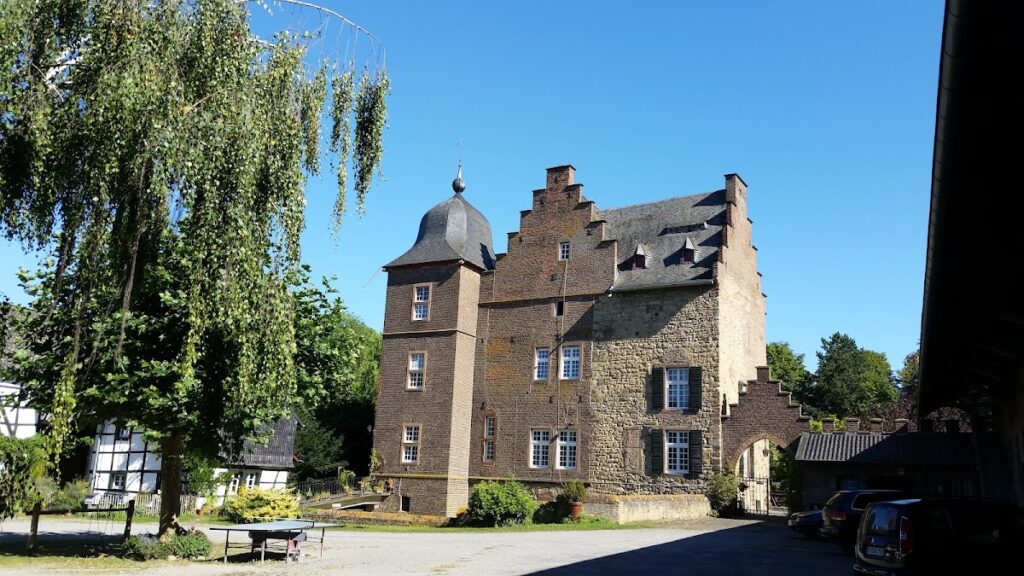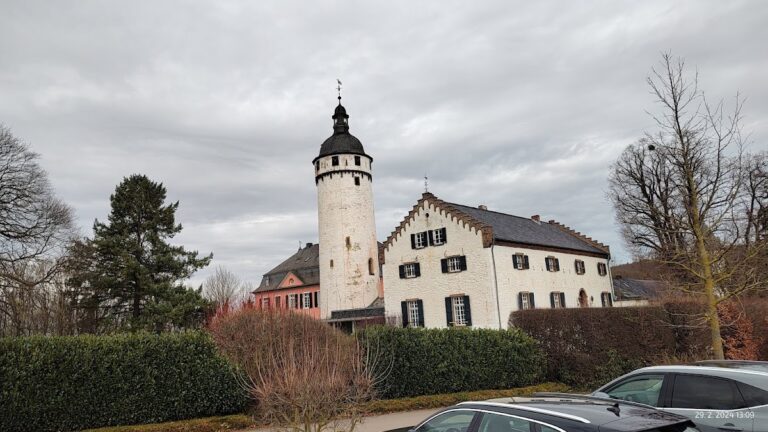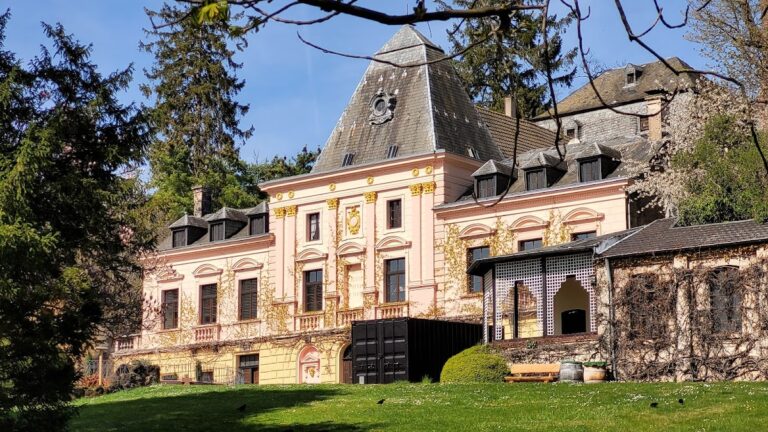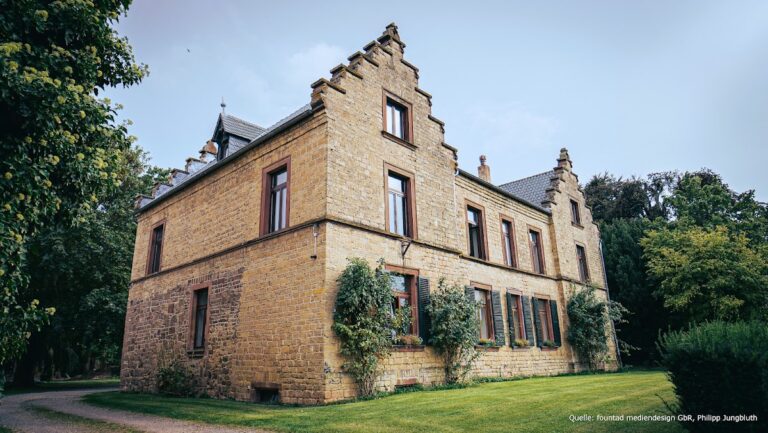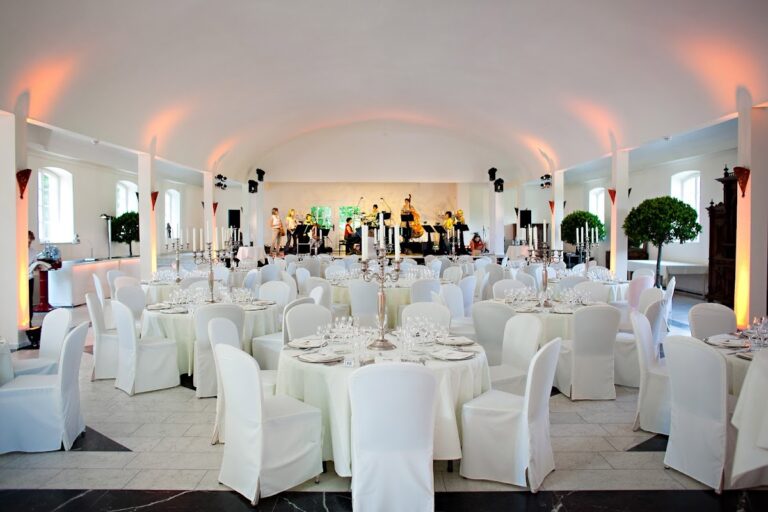Haus Dürffenthal: A Medieval Manor in Zülpich, Germany
Visitor Information
Google Rating: 4.8
Popularity: Very Low
Google Maps: View on Google Maps
Official Website: duerffenthal.de
Country: Germany
Civilization: Unclassified
Remains: Military
History
Haus Dürffenthal is located in the municipality of Zülpich, Germany. It traces its origins to the medieval period and was established by the noble family von Dürffenthal, who are first recorded in 1307. The von Dürffenthal ancestors had earlier granted the right to collect tithes, or a form of ecclesiastical tax, to the Abbey of St. Martin in Cologne, indicating a close connection between the family and religious institutions in the region.
During the 14th century, the von Dürffenthal family served as vassals to the Counts of Jülich, a significant territorial lordship of the time. It is also in this century that a chapel on the site is first mentioned, reflecting the establishment of a religious presence alongside the manor. By the early 15th century, the lordship of Dürffenthal passed to Daniel von und zu Berg, whose family held several nearby castles including Burg Blens, Burg Hausen, and Burg Irnich. As the Berg zu Blens family line ended in the mid-16th century, Haus Dürffenthal emerged as the principal residence for the Berg family branch.
In the 19th century, ownership of Haus Dürffenthal changed from noble hands to private individuals. In 1809, Aegidius Thoelen acquired the property, followed by Andreas Heuser in 1818 for 16,000 Reichstaler, a historic currency of the period. By 1834, the manor was recognized among the knightly estates eligible for representation in the Jülich regional assembly, or landtag. Into the modern era, the estate remained in private ownership and as of the early 21st century serves partly as a residence and a facility for boarding horses.
The site also has an earlier history reflected in the discovery made in 1904 of a Roman grave on its grounds. This burial contained a decorated glass bottle from the late 3rd century AD, featuring a painted scene of a chariot race and inscribed with the words “PROVINCIA BELGIC(A),” referring to the Roman province of Belgica. This find reveals the continuity of human occupation or activity at the location well before medieval times.
Recognizing its historical significance, Haus Dürffenthal was officially registered as a protected monument on 24 September 1981, ensuring the preservation of its architectural and archaeological heritage under the care of the city of Zülpich.
Remains
Haus Dürffenthal is a late medieval manor constructed primarily from rubble stone, standing as a three-story building arranged around an inner courtyard. Its core is situated on an island, surrounded by a moat filled with water drawn from the nearby Rotbach stream. The water level in these moats is carefully maintained to safeguard the wooden pile foundations that support the manor, demonstrating medieval engineering adapted to the natural landscape. The main building takes an L-shaped form, with a two-story east wing featuring a corner tower, and a shorter three-story west wing, with parts of this wing dating back to the 13th century. The manor’s present appearance largely results from 15th-century construction phases that shaped its overall form.
Surrounding the inner manor is an outer bailey, or Vorburg, composed chiefly of timber-framed structures from the 18th and 19th centuries. Among these is a large, solidly built cowshed, reflecting the agricultural use of the estate during later centuries. In 1879, a neo-Gothic style gatehouse was added to the complex, marking a 19th-century architectural modification that introduced stylistic elements popular at the time.
On the south side of the water enclosure stands a neo-Gothic chapel constructed in 1905, adding a religious building from the modern period within the protective moat. Earlier architectural phases of the site, including structures no longer extant, are depicted in a 1723 drawing found in the Codex Welser, a historic collection of documents and illustrations, which provides visual evidence of the manor’s evolution over the centuries.
Today, the manor retains its original medieval stone construction and still benefits from the intact water defenses that encircle it. These features contribute to preserving the structure’s authenticity and demonstrate the continuity of its use and maintenance from the medieval period to the present.

